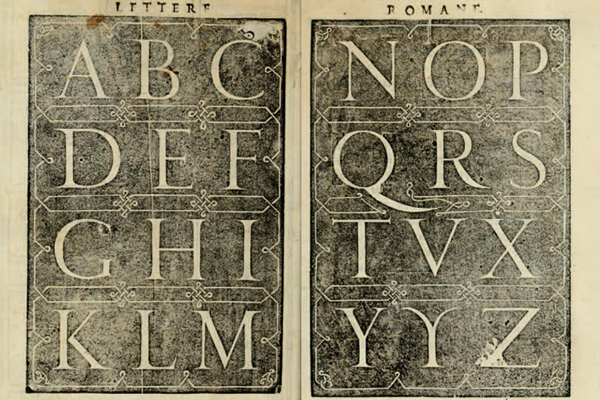I caratteri del potere. Il potere dei caratteri
DOI:
https://doi.org/10.15168/xy.v3i5.88Abstract
La scelta dei caratteri tipografici può potenziare il processo di comunicazione dei testi. Questi, infatti, oltre a trasmettere un significato a partire dal significante sono in grado di comunicare un’ulteriore informazione attraverso le peculiarità del disegno del loro segno. Le diverse grafie suggeriscono immaginari, favoriscono connessioni mentali con idee e ideologie; collocano la comunicazione all’interno di un contesto culturale, sociale, storico e geografico più specifico evocato dalle caratteristiche grafiche dei segni alfabetici. Le diverse forme di potere hanno da sempre fatto leva su questa peculiarità degli alfabeti assumendo il disegno dei caratteri come efficace forma di auto–rappresentazione. Il potere costituisce per questo una categoria interpretativa utile all’interpretazione dell’evoluzione della forma delle grafie, alla comprensione della loro affermazione o del loro oblio. Dalla Capitalis Romana chiamata a rappresentare la forza dell’impero fino ai caratteri dei contemporanei imperi tecnologici ed economici, come il San Francisco disegnato dalla Apple, passando per il classico Romain du Roi voluto da Luigi XIV, sono numerosi gli episodi di reciproca rappresentazione tra poteri e caratteri. Se da un lato la capacità di rappresentazione del potere nelle grafie può fare la fortuna dei caratteri, essa può anche decretarne il tramonto, come nel caso dei Fraktur adottati ad immagine della germanicità o dei caratteri littori che hanno caratterizzato la comunicazione del potere politico nell’Italia fascista. A partire dagli studi grafici e paleografici di Giovanni Lussu, Stanley Morrison e Armando Petrucci, in questo articolo si intende ripercorrere alcuni degli archetipi e degli episodi più significativi delle relazioni tra scrittura e potere nella cultura occidentale, attualizzando questo approccio alle nuove forme di potere della società contemporanea; analizzando i caratteri grafici delle diverse vecchie e nuove grafie del potere.


